Optimal Timing for Building Inspections
Building inspections are most effective when conducted during specific periods that allow for thorough assessment and minimal disruption. The optimal timing depends on factors such as weather conditions, the building’s usage cycle, and construction phases. Typically, inspections are recommended during dry seasons to ensure clear visibility and accurate evaluations.
Conducting inspections before purchasing a property helps identify potential issues early, enabling informed decisions.
Performing inspections after construction ensures compliance and quality of work before occupancy.
Spring and summer often provide better conditions for detailed inspections due to favorable weather.
Regular inspections scheduled annually or biannually help maintain building integrity over time.

An inspector evaluating structural components of a building.
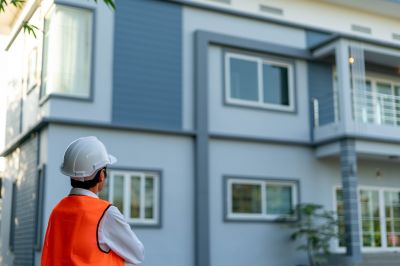
Assessing the building's exterior for damages and wear.
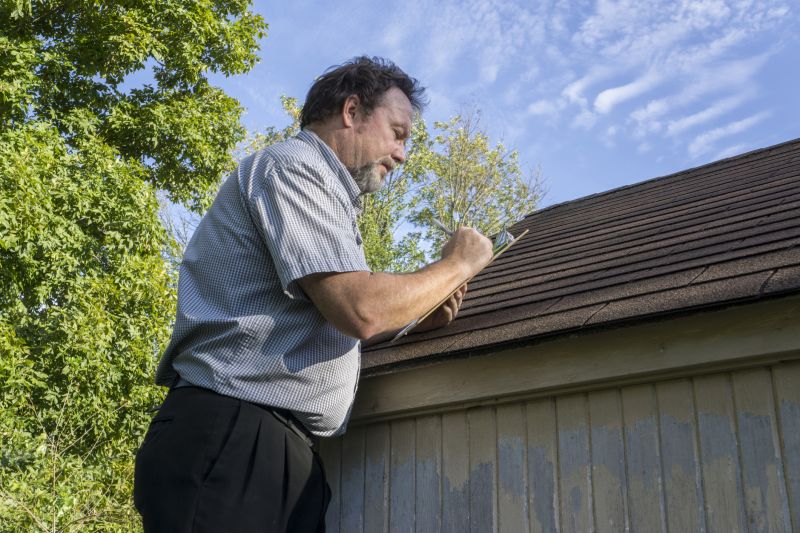
Inspecting roof integrity and potential leaks.

Ways to make Building Inspections work in tight or awkward layouts.

Popular materials for Building Inspections and why they hold up over time.

Simple add-ons that improve Building Inspections without blowing the budget.
Building inspections are vital for maintaining structural safety, ensuring code compliance, and identifying repair needs. They encompass a comprehensive review of the building's foundation, framing, electrical systems, plumbing, and roofing. According to industry statistics, regular inspections can reduce long-term maintenance costs by up to 30% and help prevent costly repairs caused by unnoticed damages.
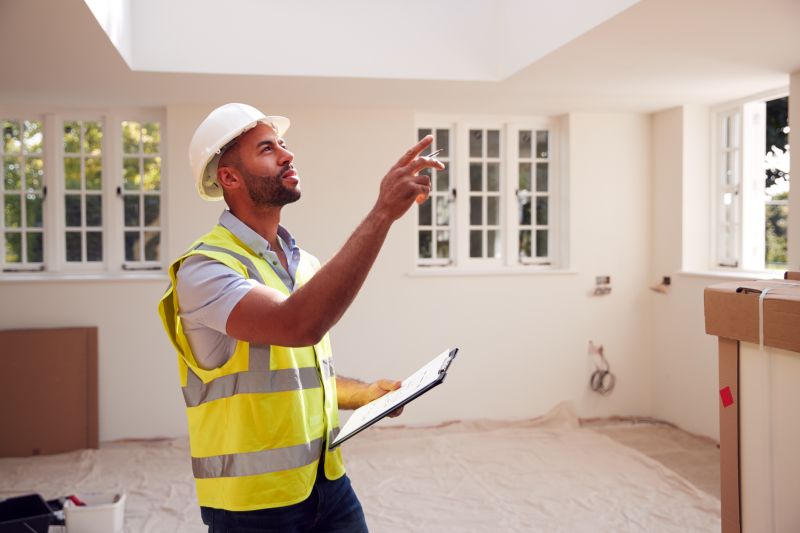
Evaluating interior spaces for structural and safety issues.
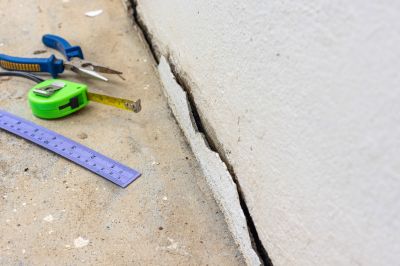
Checking for cracks, settling, or water damage.
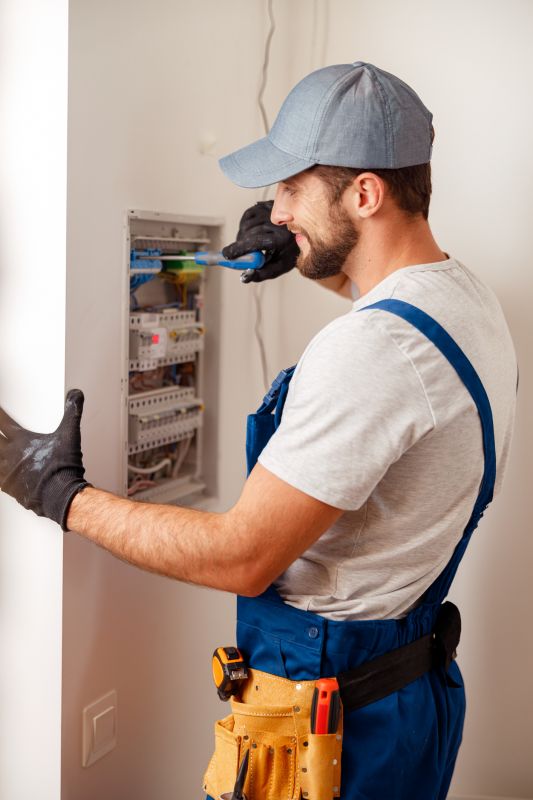
Ensuring wiring and panels meet safety standards.

Assessing heating, ventilation, and air conditioning systems.
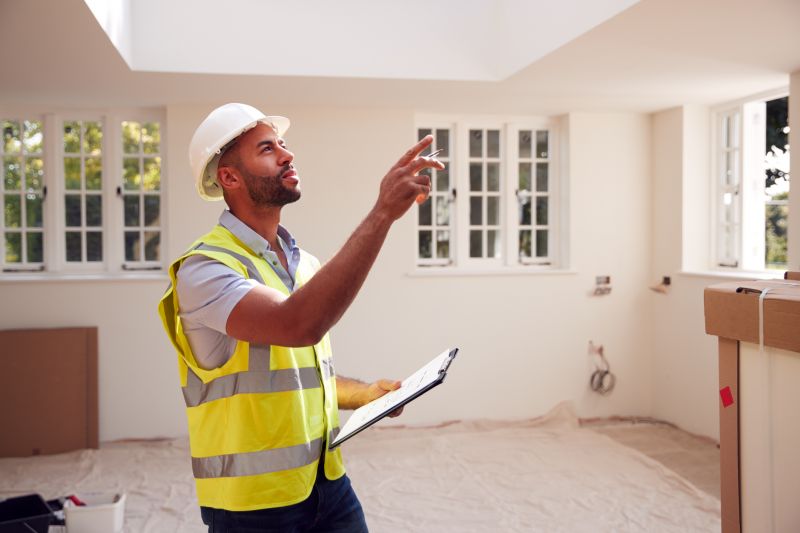
High-end options that actually feel worth it for Building Inspections.

Finishes and colors that play nicely with Building Inspections.
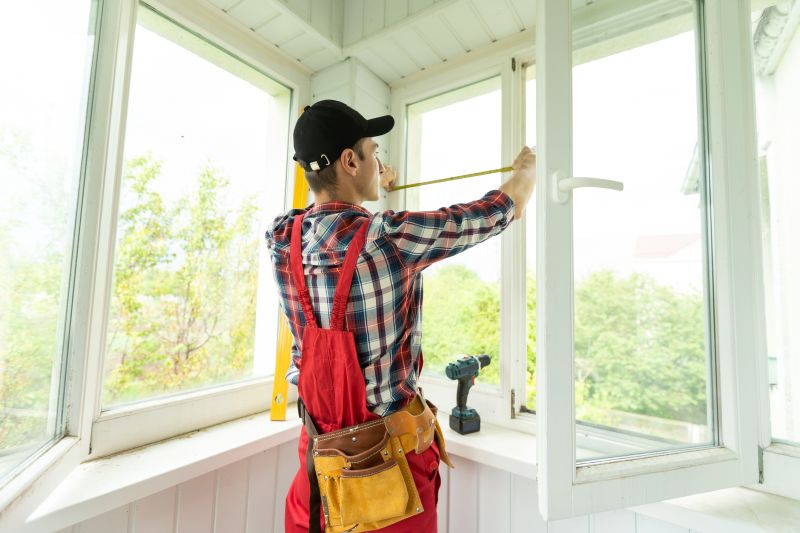
Little measurements that prevent headaches on Building Inspections day.

A 60-second routine that keeps Building Inspections looking new.
| Inspection Type | Ideal Timing |
|---|---|
| Pre-Purchase Inspection | Before buying property |
| Post-Construction Inspection | Immediately after construction completion |
| Seasonal Inspection | Spring and summer |
| Maintenance Inspection | Annually or biannually |
| Renovation Inspection | Before starting major renovations |
| Emergency Inspection | After natural disasters or damage |
Scheduling building inspections at appropriate times enhances their effectiveness and can prevent unforeseen issues. Proper timing ensures inspections are thorough and accurate, ultimately supporting the longevity and safety of the building structure. Interested parties are encouraged to contact for further details and scheduling options.
